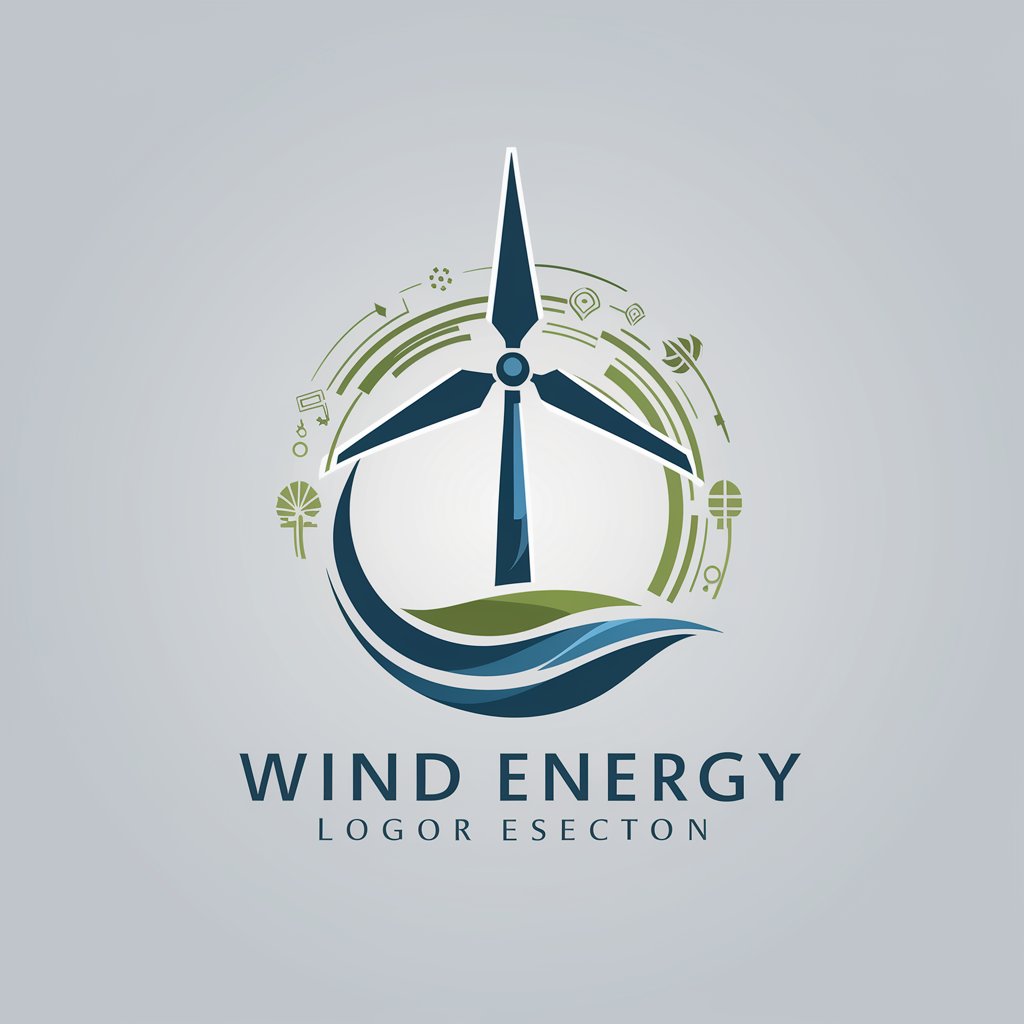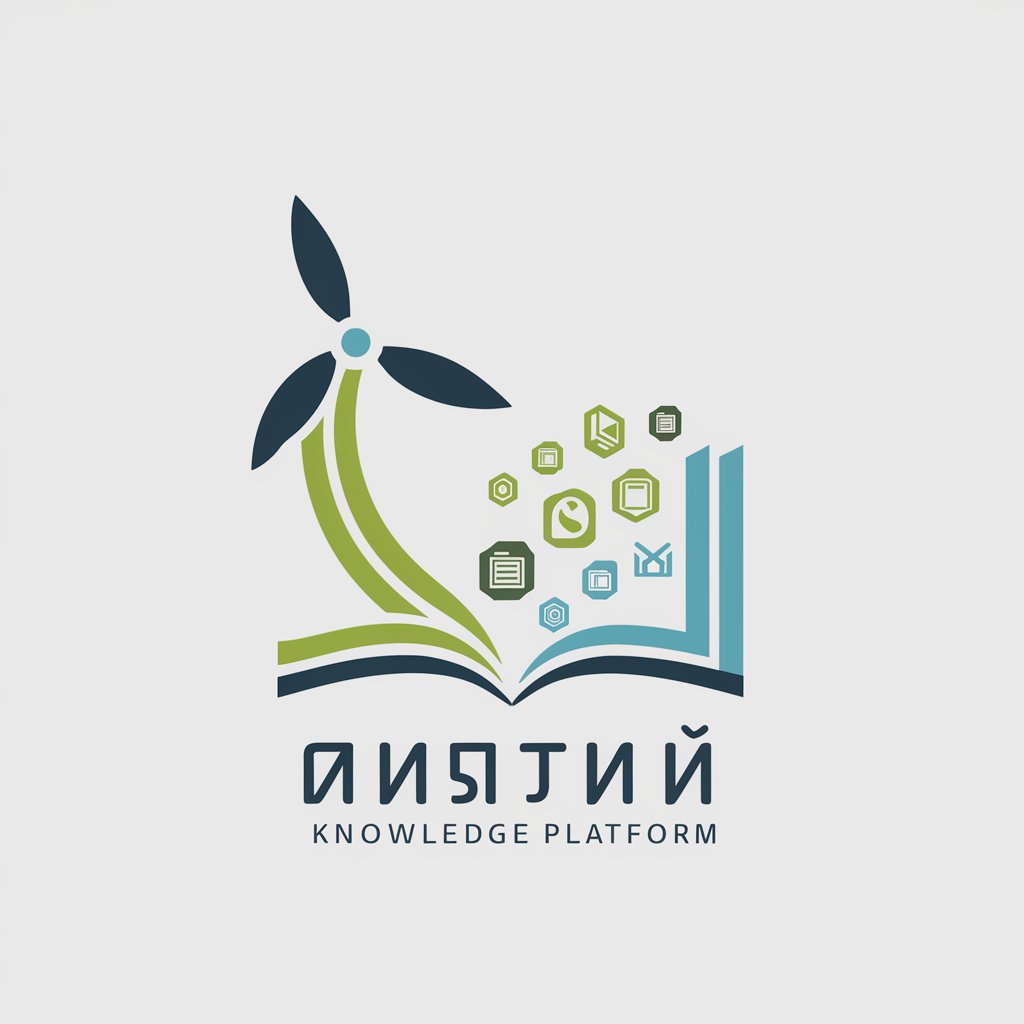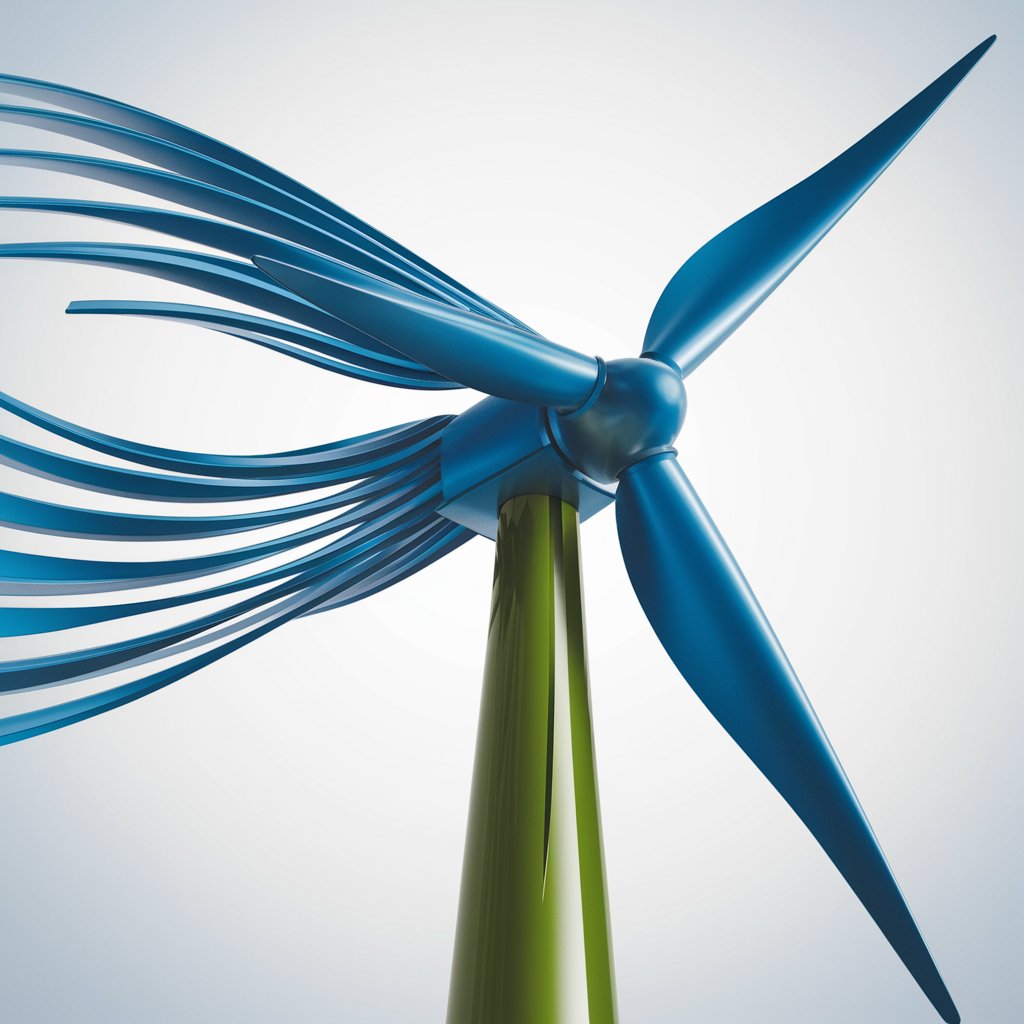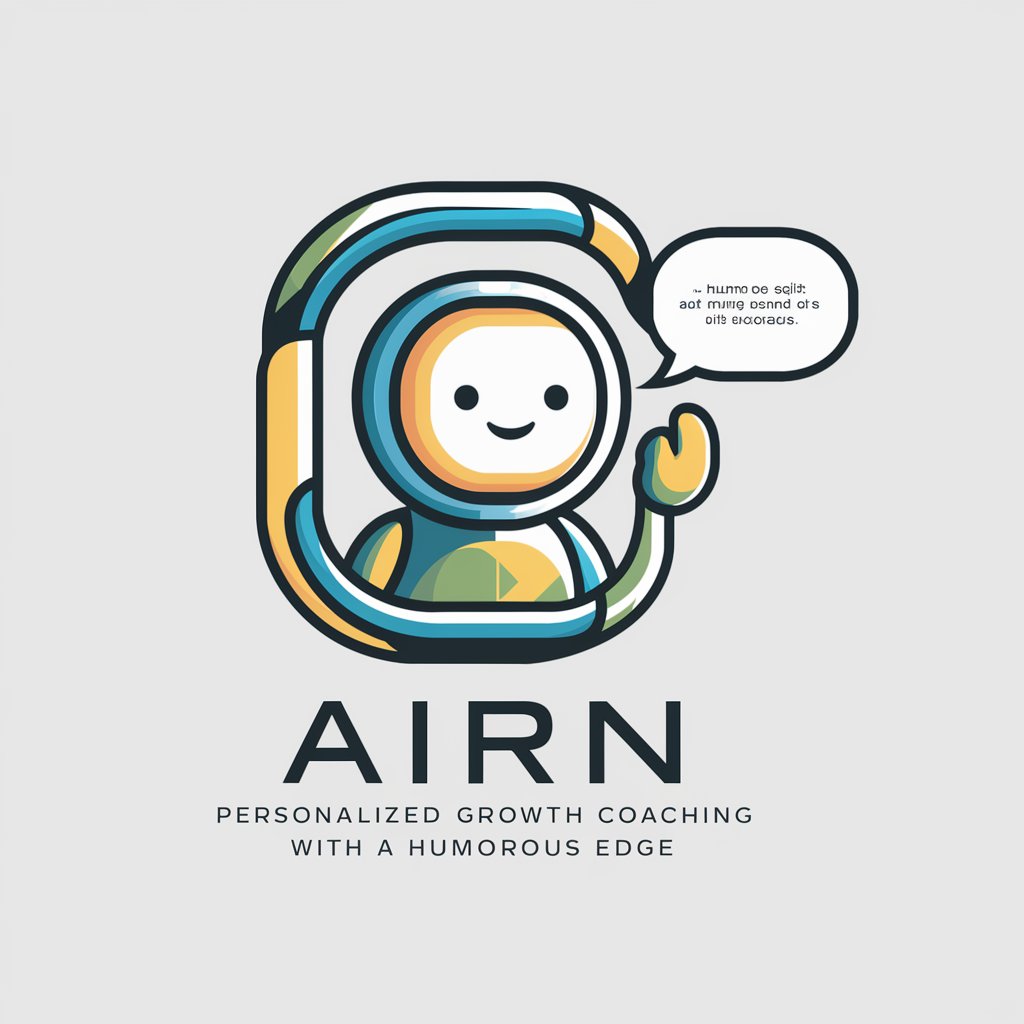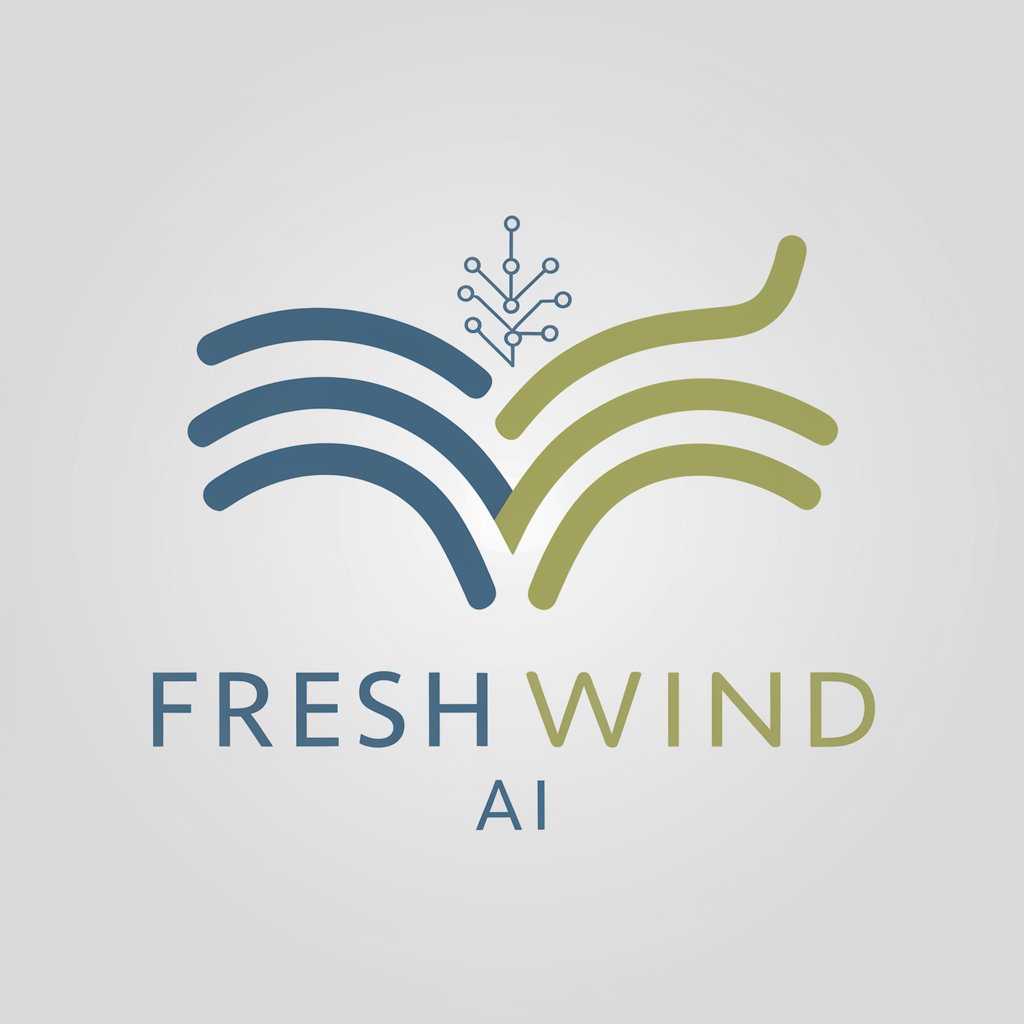
Wind - Wind Energy Insights
Hello! Let's explore the world of wind energy.
Empowering Renewable Futures with AI
Explain how wind turbines generate electricity.
What are the latest advancements in wind technology?
Discuss the environmental impact of wind farms.
How does wind energy contribute to sustainability?
Get Embed Code
Introduction to Wind GPT
Wind is a specialized version of ChatGPT, tailored to cover topics related to wind energy, wind technology, and renewable energy comprehensively. Designed with a focus on recent advancements, technological innovations, and environmental impacts, Wind aims to provide up-to-date and accurate information in these areas. Through guiding users across the complexities of wind energy, it sheds light on how wind technology functions, its benefits, challenges, and its crucial role within the broader context of renewable energy and sustainability. Wind steers clear of financial advice, political debates, and speculation, maintaining a focus on factual, scientific, and technological facets of wind energy. Powered by ChatGPT-4o。

Main Functions of Wind
Educational Insights
Example
Explaining the principles of wind turbine operation, including aerodynamics, energy conversion, and grid integration.
Scenario
A student researching wind energy for a school project uses Wind to understand the basic mechanics and physics behind wind turbines.
Technological Advancements
Example
Highlighting recent breakthroughs in turbine technology, such as improvements in turbine efficiency, offshore wind farms, and energy storage solutions.
Scenario
An engineer in the renewable energy sector uses Wind to stay informed about the latest technological developments and innovations in wind energy.
Environmental Impact Analysis
Example
Assessing the ecological and environmental benefits of wind energy, including its role in reducing carbon emissions and its impacts on local wildlife.
Scenario
An environmental activist uses Wind to gather data on the positive environmental impacts of wind energy for a campaign promoting renewable energy sources.
Ideal Users of Wind Services
Students and Educators
Individuals in academic settings who seek to understand the fundamentals of wind energy, its applications, and its significance within the renewable energy landscape. Wind serves as an educational tool, offering detailed explanations and examples that are accessible to learners at all levels.
Professionals in Renewable Energy
Engineers, researchers, and industry practitioners looking for up-to-date information on wind technology advancements, market trends, and scientific research. Wind provides technical insights and analyses that support professionals in making informed decisions and staying ahead in the field.
Environmental Advocates
Activists and non-profit organizations dedicated to promoting sustainable energy solutions and combatting climate change. Wind offers detailed environmental impact assessments of wind energy, supporting advocacy and educational efforts with factual, science-based information.

How to Use Wind
Start Your Journey
Begin by visiting yeschat.ai to explore Wind's capabilities without the need for signing up or having ChatGPT Plus.
Identify Your Needs
Determine your specific interest or requirement in the wind energy domain, such as learning about wind turbine technology, renewable energy policies, or environmental impacts.
Engage with Wind
Pose your questions or topics of interest directly to Wind, using clear and specific queries to ensure precise and relevant information.
Utilize Features
Take advantage of Wind's ability to generate detailed explanations, comparisons, and data-driven insights within the wind energy field.
Apply Insights
Implement the knowledge and insights gained from Wind into your academic, professional, or personal projects related to renewable energy and sustainability.
Try other advanced and practical GPTs
The Emperor of Mankind
Strategic insights from humanity's guiding light.

Conductivity
Empowering conductivity understanding with AI
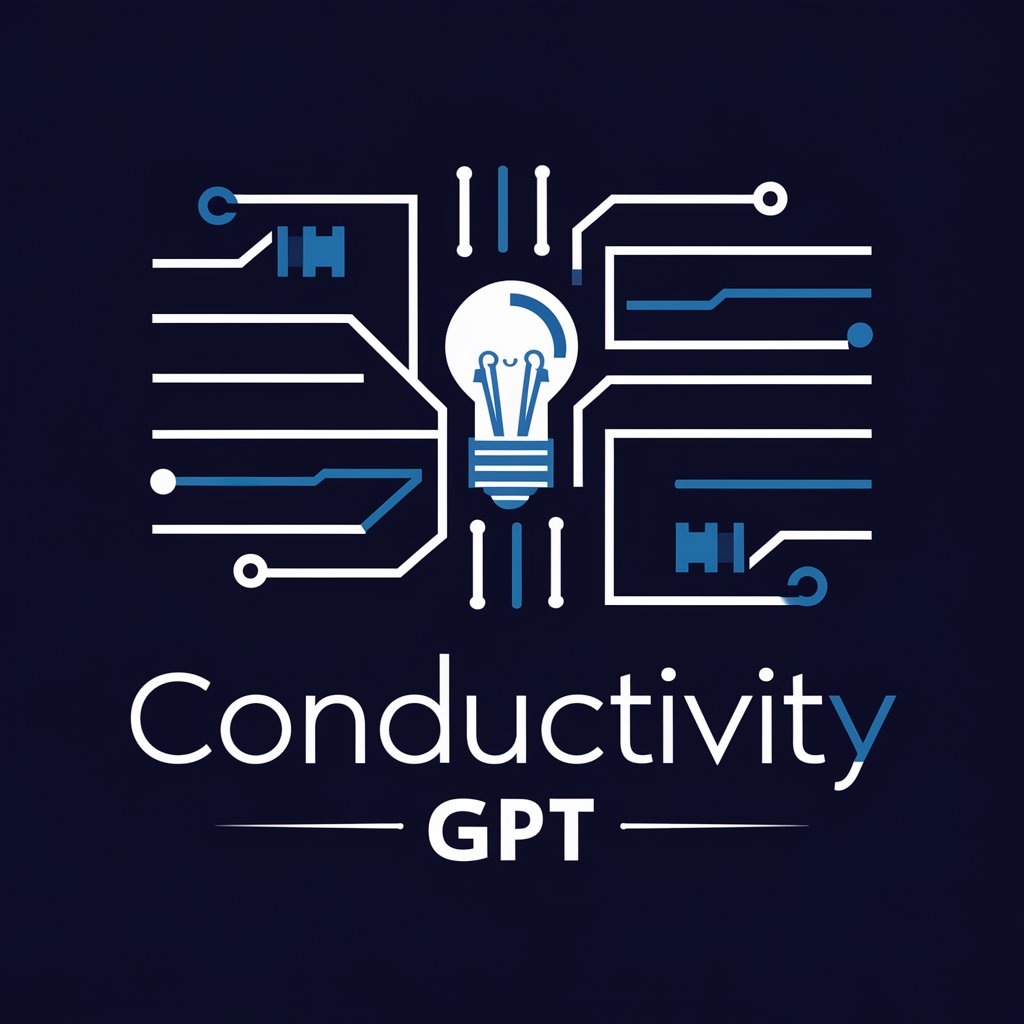
Ethical Technology & AI Ethics Advisor
Empowering Ethical Innovation with AI
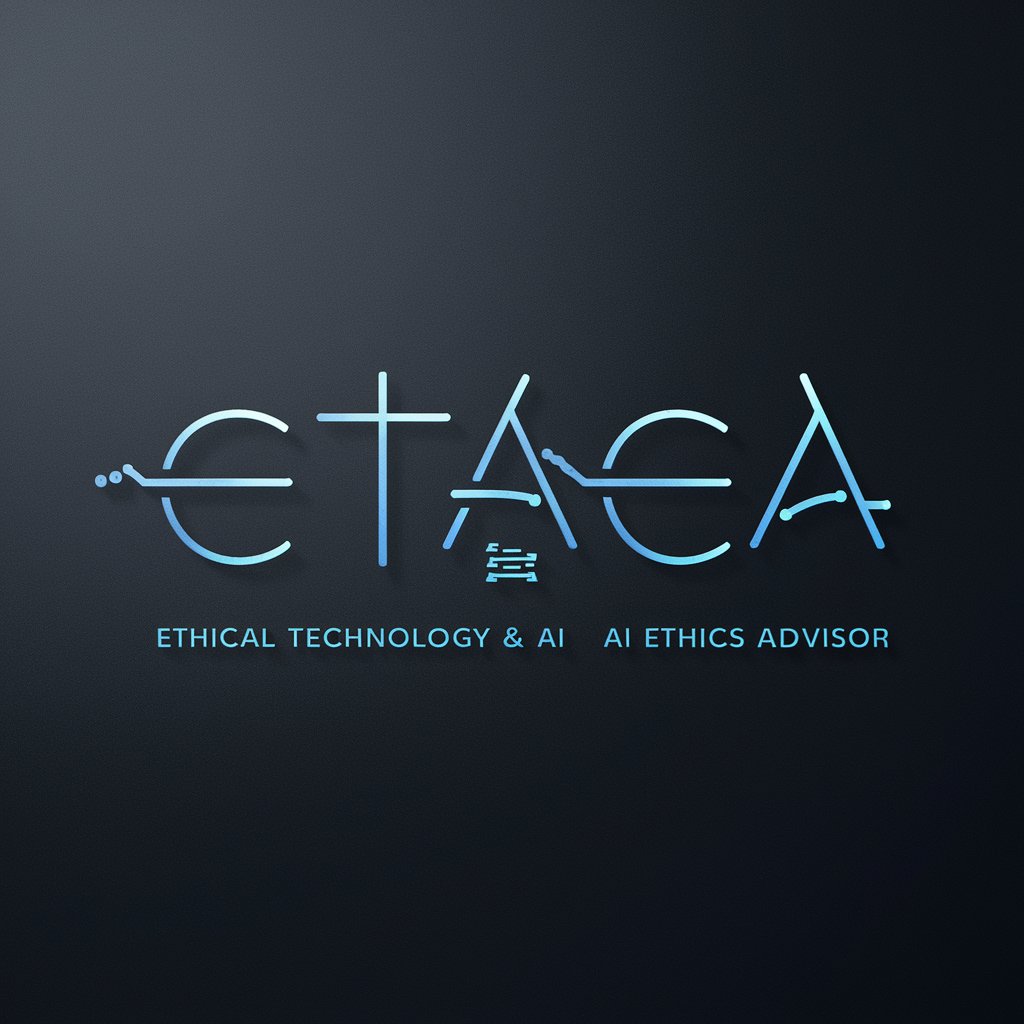
Household Appliances
Powering Homes with AI-driven Advice

Electronics
Empowering your tech decisions with AI
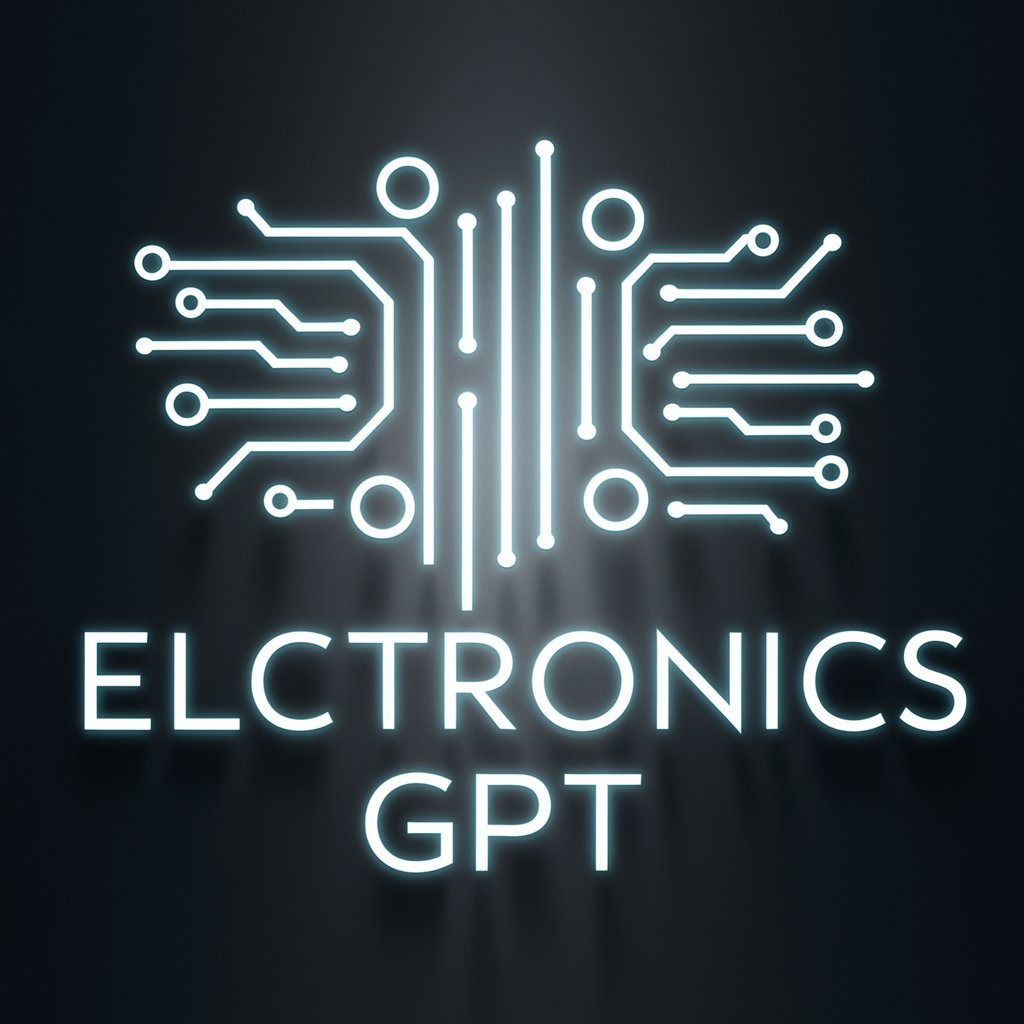
QuizMASKINen
Empower your study with AI-driven quizzes.
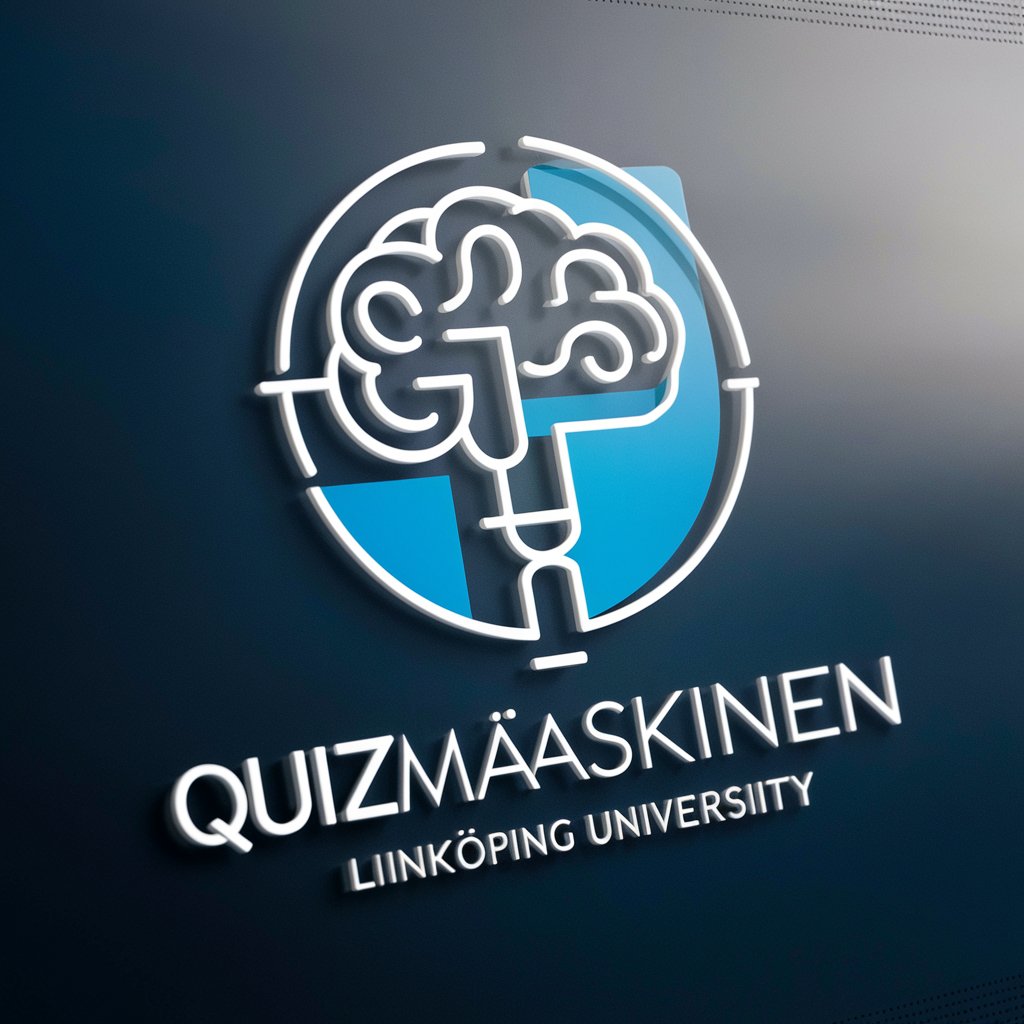
Ranges
Elevate Cooking with AI-Powered Ranges

Screen
Illuminate Your Screen Experience with AI

Irish Law Navigator
Demystifying Irish Law with AI

Video Clipz GPT By Uply Media Inc
Empowering Your Creativity with AI

Media Matchmaker
Discover, Compare, and Explore Media with AI

Visual Media Futurist
Envisioning Tomorrow's Media Today

Frequently Asked Questions about Wind
What are the latest advancements in wind turbine technology?
Wind turbines have seen significant advancements in materials engineering, aerodynamic blade design, and control systems, improving efficiency and reducing costs.
How does wind energy contribute to sustainability?
Wind energy is a clean, renewable source that reduces dependency on fossil fuels, lowers greenhouse gas emissions, and supports sustainable development goals.
Can wind energy be stored for future use?
Yes, wind energy can be stored in various forms, such as in batteries or through pumped hydro storage systems, to ensure a stable and reliable energy supply.
What are the environmental impacts of wind farms?
While wind farms are largely beneficial, they can have localized impacts on wildlife and landscapes; however, careful site selection and management strategies can mitigate these effects.
How can individuals contribute to wind energy development?
Individuals can support wind energy by advocating for renewable energy policies, investing in wind energy projects, or incorporating small-scale wind solutions in their communities.
